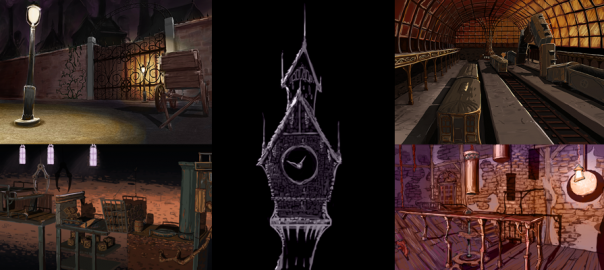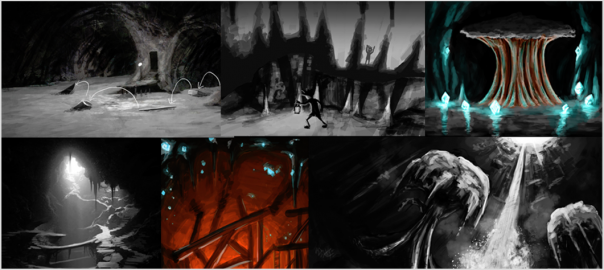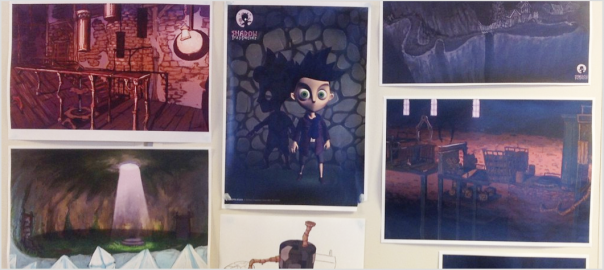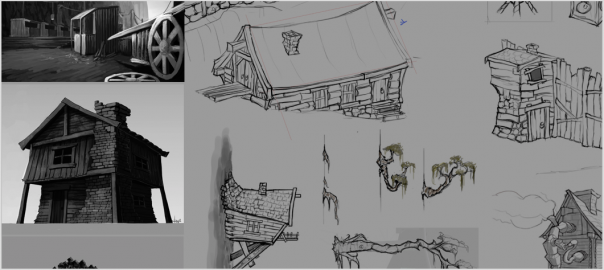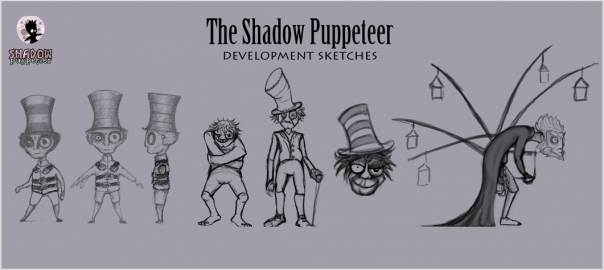When creating a story set in a fictional world you have an obligation to craft a world that players can get immersed in. It doesn’t need to resemble anything in reality, but you need to create an illusion of a unified universe through coherent and consistent design.
Today we will share how we worked when creating the Industrial area of Shadow Puppeteer.
